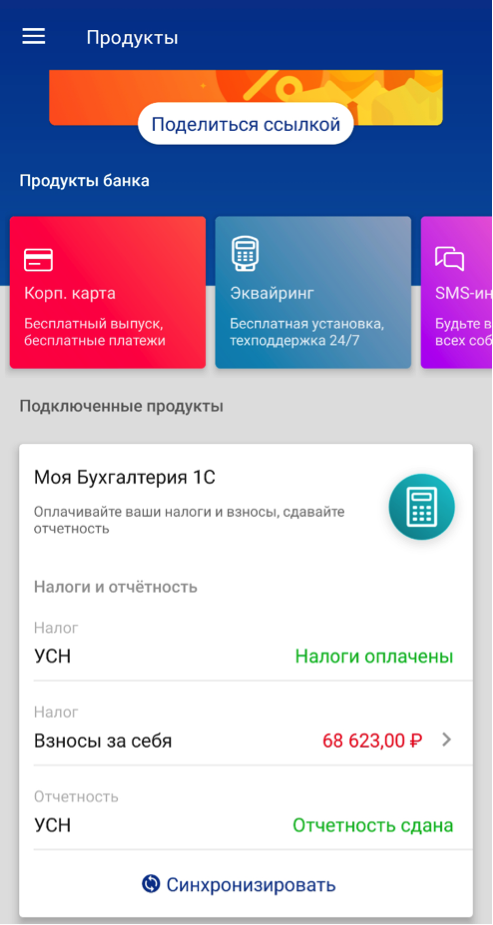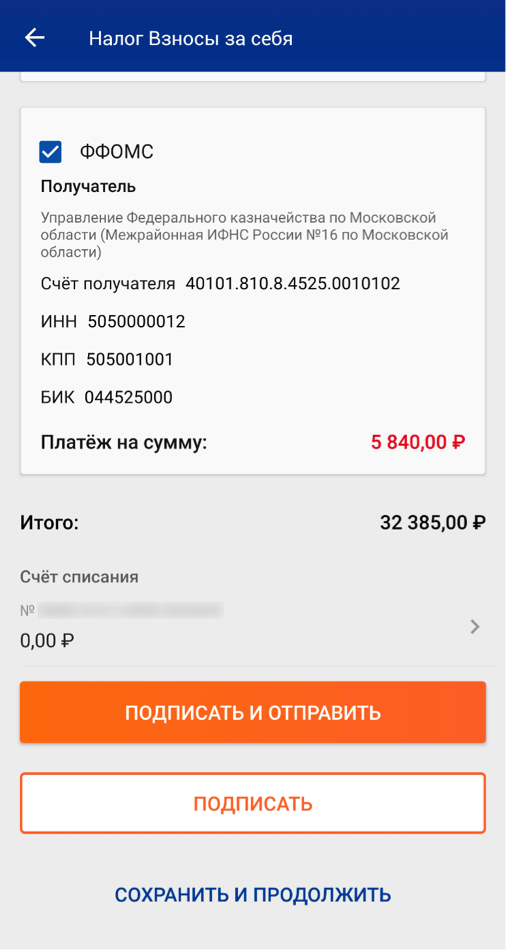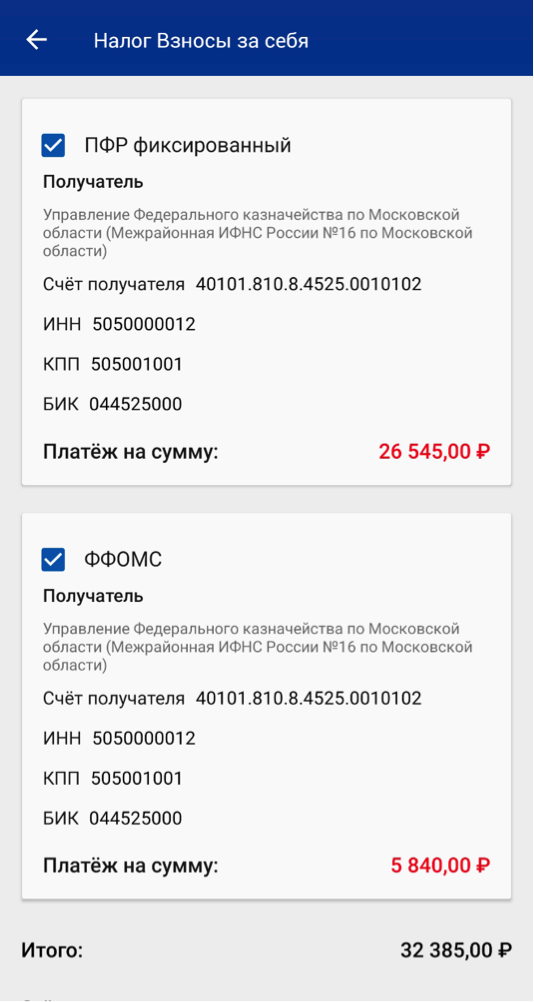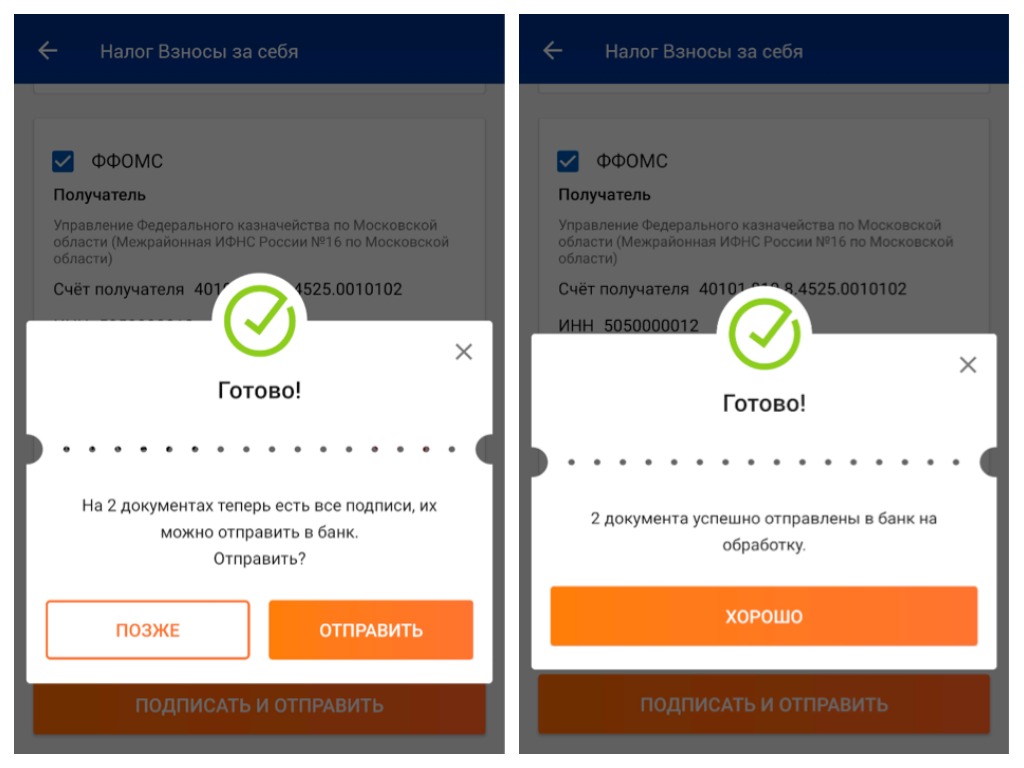How we “humanized” bookkeeping in a mobile bank
If you are creating a Mobile Bank, be prepared for the fact that someday you will have to tackle the non-trivial task of making a mobile accounting service. What is complicated about it? That it should be an application in which there is nothing resembling a regular accounting interface.

Idea
For whom is the “Accounting” service created in a mobile bank? The most obvious answer is obviously wrong. A typical accountant does not need any mobile tool. For all operations, he has a computer, a monitor with a large screen, his favorite 1C, it is there that he works. The correct answer: for small business owners. Entrepreneurs often track their finances, the movement of money in a mobile application, and make tax payments themselves.
And just here, the service can remove the worries associated with tax accounting. In our case, the audience was delineated even more explicitly: we created a solution for individual entrepreneurs using the simplified tax system 6% without employees. This is a fairly wide audience of the total number of IP clients in PSB.
The application implements the basic functionality that allows you to see the amount of tax arrears, their calculation, as well as pay taxes. You can still see if the deadline for filing a tax return has approached, what amounts get into it. The opportunity to send a tax return will also be available soon.

Widget of the service "My Accounting 1C" in a mobile bank
If his will, the entrepreneur would gladly forget about any tax debts and obligations. I would press the button once so that everything would be considered and paid automatically. Unfortunately, this will not work. The entrepreneur assumes responsibility for timely payments, so he must see how much tax, for what and for what period he pays.
Front and back
How does it look with us. A small widget is available in the mobile bank, which is located in the "Products" section along with services such as "Traffic Light", "Deposits", "SMS-info". The widget displays the three most important numbers. This is a tax debt, the amount of contributions for yourself and the requirement to submit a declaration. And further on the tap, the entrepreneur gets to the screen with more detailed information, where is the button “Sign and pay”. When paying, we display the minimum necessary set of details for review: the name of the recipient, TIN, KPP, account number, as well as the amount of payment.

Tax and Contribution Payment Interface
If the client is happy with everything, he can immediately pay taxes in 2 tapas. If the amount does not match the expected one, you can get more detailed information on tap and decide what to do next: call the bank, tax or get to the computer with Internet accounting.
We are trying to rid the entrepreneur of all this accounting slang so that mobile accounting looks like a regular application for “physicists”: simple, convenient, beautiful.
Moreover, at the time of payment “under the hood” of a mobile bank, full-fledged banking procedures are launched. Payment orders are generated, payment is made, data is synchronized with 1C.
Difficulties
What subtle moments can arise with such a set of functionality? When paying contributions, we provided for the possibility of making payments not only for the current period, but also repayment of debts for the previous one. In total, this can result in 6 paychecks: a fixed payment in the Pension Fund, a payment in the Pension Fund 1% of turnover and payment to the FFOMS for each of the periods. In the classical approach, each payment is carried out separately, which is inconvenient for the entrepreneur. We have implemented the bulk sending of paychecks: you tick off what you want to pay, and you start the process.

Lump sum payment of several tax events
The implementation of this functionality on the technical side was not trivial. I had to implement the mass creation, signing and sending of payment orders to a banking ABS, which resulted in a large combination of processing results. Something about processes could go wrong. We made confirmation checks with the status of the operation, reporting what happened. It turned out 12 options. The check is divided into 2 parts, one devoted to successful operations, and the second to errors. If something is wrong, you can either pay for those payments with which everything is normal, or cancel everything entirely and use another channel (Internet accounting, technical support) to figure out the reasons.

Notifications with the status of payment documents
Mobile bookkeeping is currently the most integrated service in the bank, the integration chain in it is very long. For example, if you need to pay tax on the simplified tax system, the system must contact the Internet bank, get the details there, transfer them to the back of the mobile bank to form payment orders, and other systems for making payments are connected there. Then you need to inform the Internet bank that all taxes have been paid, transfer documents and identifiers to fix the payment. And then the Internet bank informs 1C that it is necessary to exchange statements, and 1C gives the actual amount of debt. At the same time, everything is done pretty quickly.
Further steps
Ideally, we want to make sure that the entrepreneur does not think about taxes and does not track the timing of payments on his own. The service itself will poll 1C for tax problems and report them through push or SMS. This is planned to be done when a new tax task appears and when the deadline approaches, for example, 3-7 days before it. That is, there is no need for an entrepreneur to go into Internet accounting and monitor tasks - when something appears, we will warn him.
At the moment, the mobile accounting service has appeared in the Android version of the mobile bank, and the version for iOS will soon be tightened. We will continue to work on this interesting task, and we will certainly share our findings with the inhabitants of Habr.
Humanization continues!
All Articles